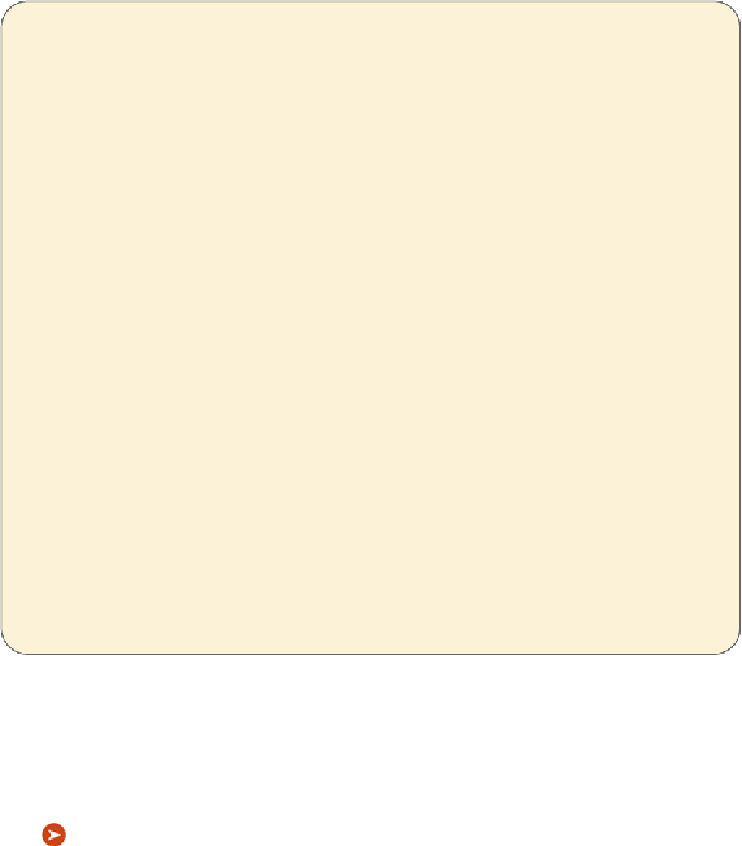Travel Reference
In-Depth Information
mant), only grapes from this region can be called Champagne. The beverage pro-
duced here is commonly regarded as the finest sparkling wine in the world.
Given the notoriety of the Champagne region, surprisingly little of its land is
planted in vines (about 60,000 acres), and sparkling wines have little history com-
pared to France's famous wines. While the Romans planted the first grapes here,
Champagne was not “invented” until the 1700s, and then it was by virtue of neces-
sity—the local climate and soil did not produce competitive still wines.
Champagne is made from three grapes: the red pinot noir and pinot Meunier,
and the white chardonnay. Most Champagne is roughly an equal blend of these
grapes, though some smaller producers will make Champagne from 100 percent of
any one of the three grapes.
The rules governing the production of Champagne are the strictest in France;
this is done to guarantee quality. The
méthode champenoise
involves two ferment-
ations, the first in casks and the second in bottles (after sugar and yeast are added).
As wine turns bubbly, sediment forms in the bottle, which must be removed. In the
traditional manner, it's done by hand in a painstaking process of tilting and turn-
ing each bottle slightly each day. Nowadays this is mostly done by machines. Most
bottles are aged for two to five years, then sold, as Champagne does not improve
with age.
Champagnes are classified by their level of sweetness;
brut
and
extra
-
brut
are
dry (and very dry),
demi
-
sec
is sweeter, and
doux
, the sweetest, is intended for
dessert courses. Bottles labeled
tête de cuvée
are as good as it gets; from there, the
ranking proceeds to
grand cru
(from top vines),
premier cru
(next best), and
cru
(table champagne). The smaller the bubbles, the better the champagne.
If you're doing this drive without reservations, it's easier on a weekend, when more
places are open and likely to welcome drop-in tasters. If you plan to picnic, you'll find all
youneedinthesweetlittletownofAÿ.There'salsoabakeryandasmallgroceryinBouzy
(unpredictable hours).
Self-Guided Driving Tour:
Foranafternoonrambleoverthehills(theMontagne
de Reims) and through the vineyards from Reims, try this leisurely loop drive (allow
three hours, including stops). If you're pressed for time, you can still sample the vineyard
scenery bydriving just a few minutes outside Reims, orbyworking parts ofthis route into
your drive to or from Reims (the best stop is Hautvillers).

